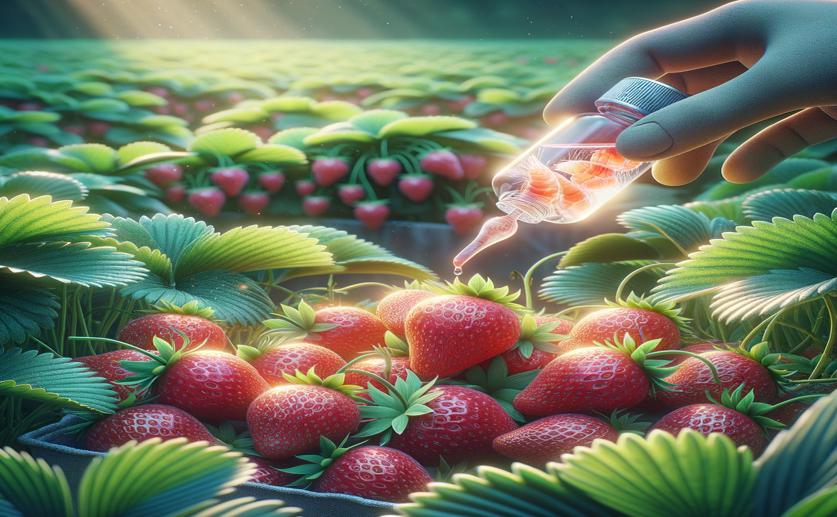
Shrimp Shell Extract Fights Fungus in Strawberries After Harvest
Jenn Hoskins
16th April, 2024

Image Source: Natural Science News, 2024
Key Findings
- Researchers at Sidi Mohamed Ben Abdellah University found shrimp shell waste-derived chitosan can preserve strawberries
- Chitosan showed strong antifungal properties, inhibiting common spoilage fungi growth by up to 92.70%
- This natural preservative could reduce food waste and offer an eco-friendly alternative to synthetic chemicals
BiotechPlant ScienceAgriculture
References
Main Study
1) Antifungal efficacy of chitosan extracted from shrimp shell on strawberry (Fragaria × ananassa) postharvest spoilage fungi.
Published 15th April, 2024
https://doi.org/10.1016/j.heliyon.2024.e29286
Related Studies
2) Application of functionalized chitosan in food: A review.
3) Efficiency of nanoemulsion of essential oils to control Botrytis cinerea on strawberry surface and prolong fruit shelf life.
4) New Insights in the Detection and Management of Anthracnose Diseases in Strawberries.



 30th March, 2024 | Jenn Hoskins
30th March, 2024 | Jenn Hoskins